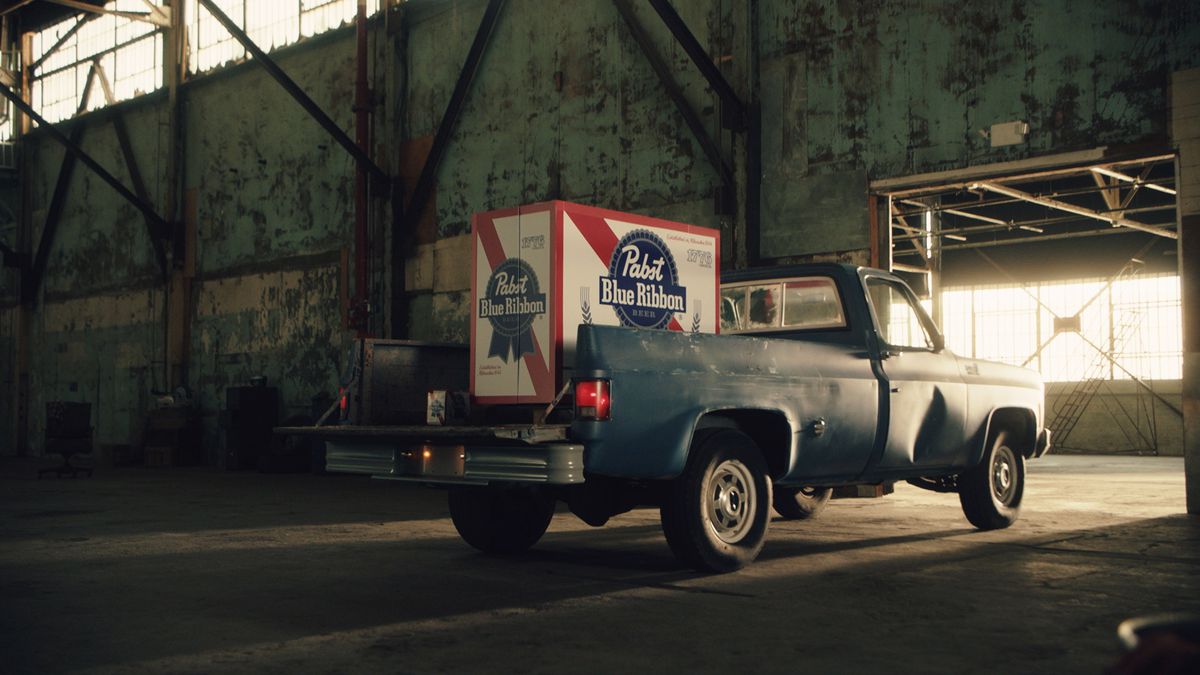
The hot vax summer is looking very hot indeed for Bay Area wineries. I've been spending a lot of time in Wine Country lately, and I can attest that restaurants are busy, shopping districts are crowded and tasting room reservations have gotten competitive. None of that is surprising: Many of us are feeling a strong desire to just get back out into the world after being vaccinated, and we've got lost time to make up for.
I suspect, however, that Wine Country is in a transitional moment right now. Though this is a fun, carefree window in time, the reality is that all signs point to a difficult wildfire season ahead of us. Meanwhile, the full effects of the devastating 2020 wildfires aren't yet being fully felt in the marketplace. We know that the pandemic has changed the industry, and changed many Americans' relationship to alcohol, but how it's all eventually going to shake out is not yet clear.
So I wanted to look at the available data to see what we do know about the state of the industry right now. A confusing picture emerges.
The first data point: People are not buying as much wine as they were a year ago, during the early months of the pandemic. During the four-week period ending May 29, retail wine sales declined by 13% compared to the same period in 2020, according to Nielsen.
Granted, it was going to be tough to keep up with those early-quarantine consumption rates, which soared through the roof. And people are drinking more in 2021 than they were in 2019, the year before the pandemic. That same period in May 2021 represented a 16% jump over wine sales figures from 2019. So it may be that the pandemic reset some people's alcohol consumption patterns to slightly higher levels in the long term.
Those numbers account for wine purchased in stores, but what about bottles purchased from wineries themselves? Interestingly, there is evidence that people are buying less wine from wineries, but spending more money on it. In April, according to Nielsen, the volume of direct-to-consumer wine sales was down by 13%, but the value rose 5%, suggesting that there's a demand for pricier bottles right now.
In fact, wine drinkers seem quite eager to throw some money around right now, especially when they visit Napa. The average tasting fee in Napa County is now $58 for a winery's "regular" tasting and $90 for a "reserve" tasting, according to Silicon Valley Bank's Direct-to-Consumer Wine Survey Report, released in May. (In Sonoma County, it's $30 for the regular and $50 for the reserve on average.) And the spending doesn't end with the tasting fee: In Napa, the average customer now purchases $319 worth of wine per visit, the report says, up from an average spend of $246 in 2016.
I know that many of my readers will be shocked by prices like this. Frankly, to me, $58 for a wine tasting in Napa Valley doesn't even sound that high anymore — I've been seeing lots of estates that charge $100 or $200 per person. Remember the days of $5 fees? They're gone, at least in Napa. And judging from the crowds in Yountville and St. Helena on recent weekends, people seem to be just fine with the new normal.
Yet there are signs that this trajectory toward higher prices, and a customer base eager to pay them, may not keep up forever. Nielsen analysts say that premiumization — the phenomenon of drinkers trading lower-priced products for higher-priced ones — is now slowing for all alcohol categories. The first stretch of the pandemic showed a steady growth in premiumization, but it peaked in January and February and has been in decline since March.
And there's something particularly interesting happening in Napa. After years of double-digit growth, the price of Cabernet Sauvignon grapes, Napa Valley's cash crop, dropped in 2020. You and I aren't buying these grapes; wineries are, and the price they pay determines the price they charge us for the wine. For years, the price quickly rose. In 2010, the average price of Napa Cab grapes was $4,500 a ton, or $45 a bottle. By 2019, it was $7,900, or $79 a bottle.
But the 2020 wildfires, which affected an unprecedented volume of wine grapes with potential smoke damage, reversed that course. Last year, Napa Cab grapes went for an average of $6,500 per ton, which shakes out to a $65 wine, a significant drop from 2019's $79. Those 2020 Cabs — at least, those of them that will actually be released; many wineries have decided not to sell them — are not yet being sold at wineries, in stores or in restaurants. Will the lower grape prices ultimately translate to lower wine prices for the consumer? They may not: High-end Napa estates have historically been reluctant to drop their wine prices, ever.
I want to know what will happen if these disconnects continue: if the behind-the-scenes agricultural equation shifts for wineries, but prices for customers keep rising; if the slowing pace of premiumization eventually throws a wrench in the ever-more-expensive cost of visiting a region like Napa Valley.
We'll have to wait to find out. In the meantime, it's summertime. Let's all have some fun. If you're seeking recommendations about where to go wine tasting, check out my Top Napa Wineries list. And look out next week for The Chronicle Food & Wine team's Summer of Fun package, in which we'll be sharing our picks for new cocktail bars, ice cream, outdoor dining adventures and more. I'll also be publishing an update to my Top 25 Bay Area Wineries list, which we first launched in March. Get pumped.
June 10, 2021 at 08:27PM
https://ift.tt/3pLEHDN
Why Bay Area wineries may eventually struggle to sell wine - even with a rise in tourism - San Francisco Chronicle
https://ift.tt/31lUVcw
Wine

No comments:
Post a Comment